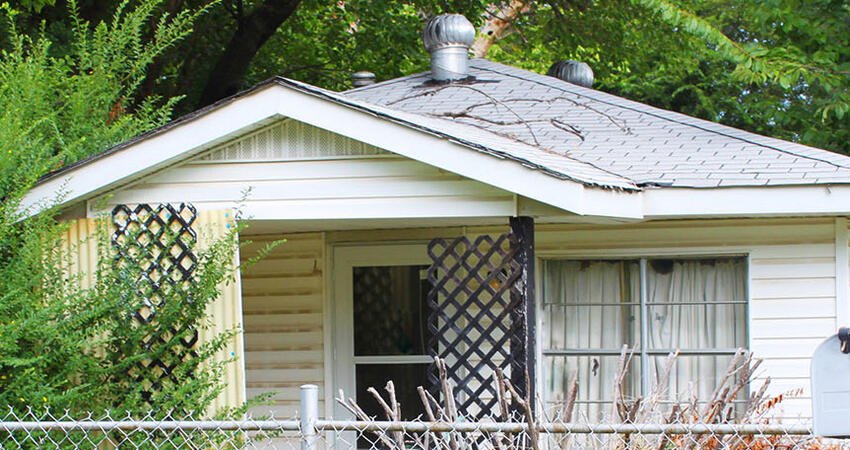
Housing Codes Should Protect Public Health, Not Penalize Low-Income Homeowners
by Christina Plerhoples Stacy and Joseph Schilling
Recently, Vice published a story about Tamara Adrine-Davis, a resident of Cleveland Heights, Ohio, who is facing jail time because of housing code violations. Adrine-Davis, who is 57 and uses a wheelchair, hasn’t been able to raise the $8,000 needed for home repairs, such as fixing a step on her front porch.
The story raises questions about housing code enforcement, which we studied in Memphis, Tennessee, last year. What are these codes meant to promote—the health of occupants and the public or community aesthetics? How do these codes vary from place to place? And who is affected by these codes and decisions about how to enforce them?
Why do cities have housing codes, and how do they differ?
The evidence shows that blighted homes in a state of disrepair can lead to many negative health outcomes, including mental health issues, asthma, and physical injury.
Housing codes can help cities ensure that homes are safe and support residents’ health. But disparities exist in how cities choose legal remedies to housing code violations and what course of action to take against owners.
Courts are often the last resort for communities seeking compliance with relevant state laws and local codes, but they may not be appropriate or effective for certain types of cases. As we advocated for in Memphis, local code enforcement agencies must shift from their current reactive approaches to a more proactive, data-driven model.
Adrine-Davis’s story reflects one of the main findings of our Memphis report, which is that code enforcement officers spend almost all of their inspection and investigation time on external home issues, like problems with paint or landscaping, and not enough on structural and interior housing issues, which are more likely to be related to serious health concerns, such as lead, mold, and bed bugs.
Strategies to improve housing code enforcement
1. Prioritize internal housing issues
In our report, we urge Memphis officials to focus more time and effort on serious internal and structural issues and conduct proactive inspections of large multifamily complexes with a lot of violations (the facilities run by negligent landlords), as these cases pose more serious risks to public health and safety.
2. Find flexible solutions for low-income homeowners and provide more resources to pay for repairs
As for cases involving single-family homeowners who cannot afford to fix the problems, like Adrine-Davis, the courts and code enforcement agencies have to collaborate to find alternative solutions. In nearby Cleveland, the housing court often diverts low-income homeowners to work with its team of housing court specialists in tailoring court compliance plans that match the owners’ and properties’ unique circumstances.
The high costs of home repair and the lack of rehabilitation resources (PDF) also pose considerable challenges for low-income residents, particularly those in older single-family homes that need more upkeep. Many city officials would likely provide low-interest loans to residents if they could, but most rehab programs are funded by the Community Development Block Grant, which has declining funding.
In our report, we urge Memphis officials to find innovative financing mechanisms and new financial and health care institutions to help people fix violations. One solution could be recycling fines raised by city administrators into home repairs for those who need them.
3. Focus on race and equity
Recently, I (Joseph) co-led a workshop with colleagues from the New York City nonprofit Hester Street who are working with code officials in 10 upstate cities to better understand the “pain points” of housing code enforcement from the perspectives of tenants, owners, and neighborhoods—all through the lens of race and equity. Other cities could use this model to explore how housing codes can better support and protect all tenants.
Code agencies must ensure that the impacts and outcomes of their programs, policies, and interventions do not disproportionately impact vulnerable communities, families, and individuals.
But inaction on dangerous living conditions is not the answer either. It is essential for code enforcement agencies, from leadership to frontline staff, to understand how the legacy of inequality plays out in the communities they serve and to ensure that their actions reduce this inequality rather than reinforce it.
This post was originally published on Urban Wire, the blog for the Urban Institute.
Photo by val lawless/Shutterstock


